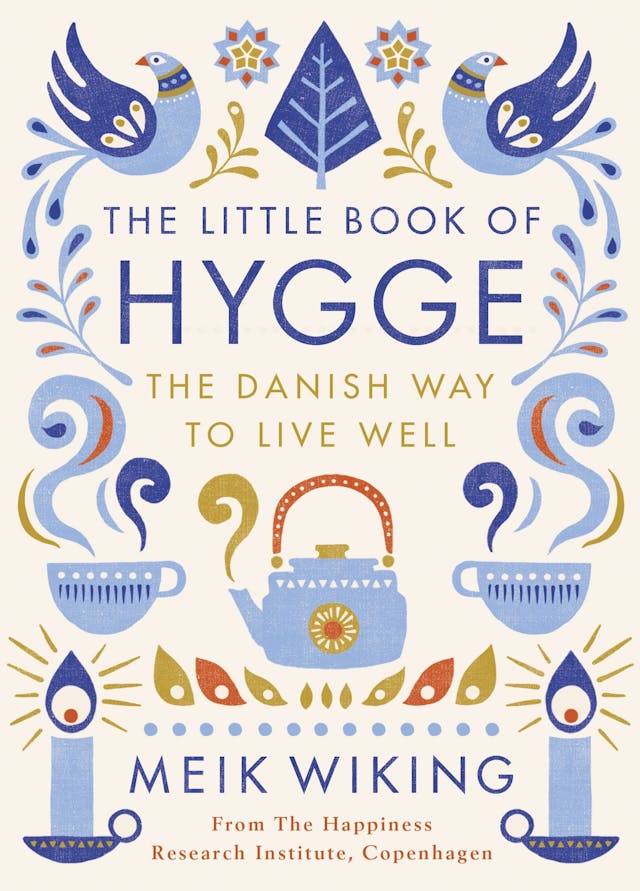The Secret Garden Summary
Key Takeaways
- Nature has a profound healing effect, both physically and emotionally.
- Personal growth and happiness can be found through care, love, and nurturing.
- Friendship and connection with others can transform lives in unimaginable ways.
- Exploring and embracing the unknown can lead to self-discovery and renewal.
- The theme of rejuvenation in 'The Secret Garden' reflects the timeless message that life, hope, and beauty can flourish from neglect and decay.
🌿 ReflectBay
Overthinking again?
You're not too much. You're just overwhelmed and it's okay. We help you untangle the noise and feel calmer.
We'll help you...
Summary
The novel begins with Mary Lennox, a young girl whose life undergoes a dramatic change when she moves to her uncle’s estate on the Yorkshire moors. Through her discovery of the locked-away garden, the narrative unfolds into a tale of healing and transformation, not just for Mary but also for her cousin Colin and the surrounding characters.
As Mary nurtures the garden back to life, she, in turn, experiences a personal rejuvenation. Burnett uses the garden as a metaphor for the healing power of care and attention, both to nature and to human relationships. The transformation of the garden parallels the characters’ emotional growth and the blooming of their friendships.
The story is rich in themes of hidden beauty and the potential for transformation in both nature and people. The characters’ journeys are interwoven with the cycles of nature, illustrating how engagement with the natural world can lead to healing and personal growth.
'The Secret Garden' is more than a children’s story; it is a narrative about the restorative power of nature, the importance of nurturing, and the capacity of the human spirit to find hope and joy in the most unexpected places.
Also recommended

The Little Book of Hygge: The Danish Way to Live Well
Meik Wiking
Beach Read
Emily Henry
